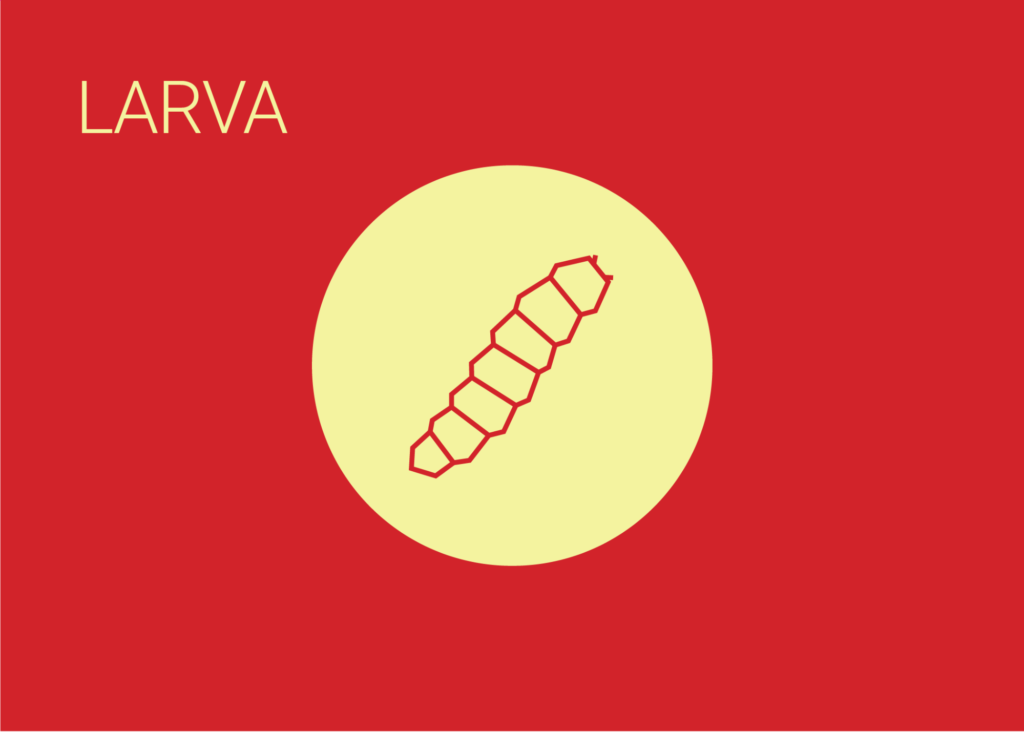Identifying Termite Larvae
Termite larvae are about the same size as the eggs they hatch from and are white in color. However, as they grow and mature, they shed their exoskeletons and grow new ones.
What Termite Larvae Eat
Like the rest of the termite colony, larvae eat cellulose that comes from wood. Termites are known to be natural “recyclers” of wood, turning it into matter that helps new organic matter and plants grow. However, when that wood is structural wood in your home or other places on your personal property, the result can be a great deal of damage. Termite larvae cannot digest cellulose by themselves, however, so worker termites must break it down and feed it to them.
Larvae Life Cycle
Larvae molt their exoskeletons as they grow. This molting process occurs several times as termites mature into their roles in the termite caste system. Larvae will become one of three different kinds of termite. If they grow into workers, they will build the tunnels of the nest, find food and take care of the rest of the colony. If they grow into soldiers, their mouthparts will harden, their heads will grow and they will use their mandibles to defend the nest. If larvae grow into alates, they will become known as nymphs and gradually grow wings until they are mature enough to swarm from the nest, mate and build a new colony. However, nymphs will not necessarily all become alates. If the colony needs them to, they will molt their growing wings and become pseudergates, or “false workers”.
Larval Damage
Larvae cause indirect damage to wooden structures. They require cellulose to grow, but they cannot eat it themselves. Therefore, they eat the cellulose that worker termites gather for them.


